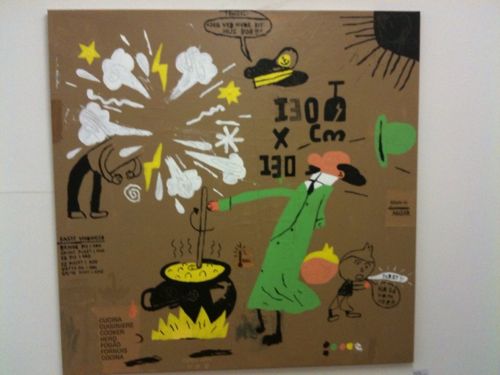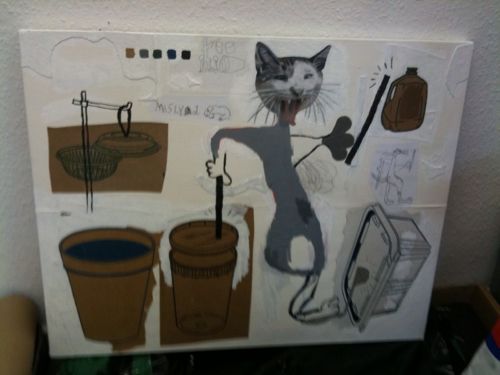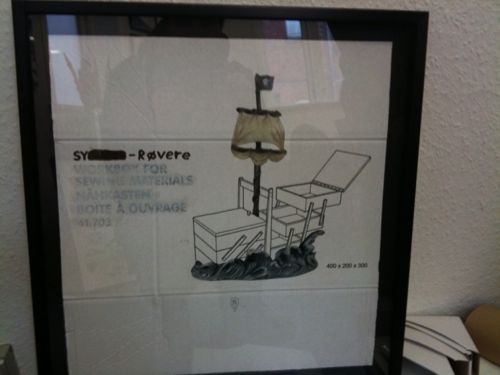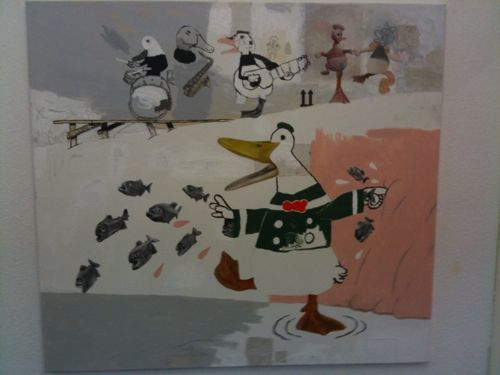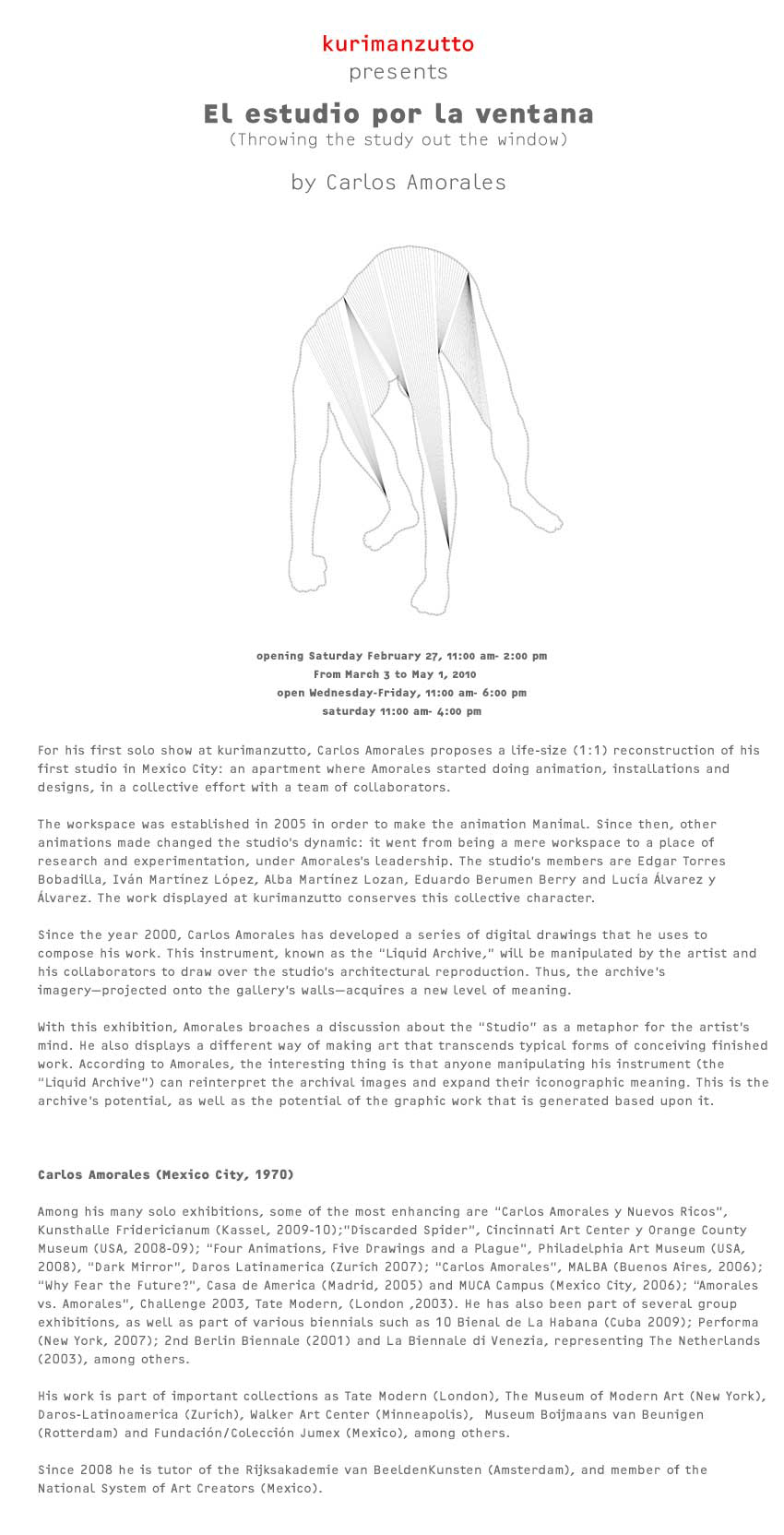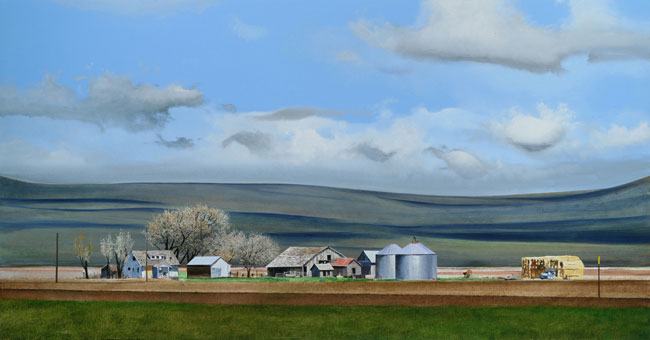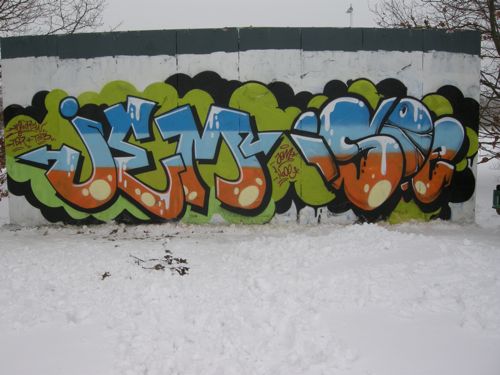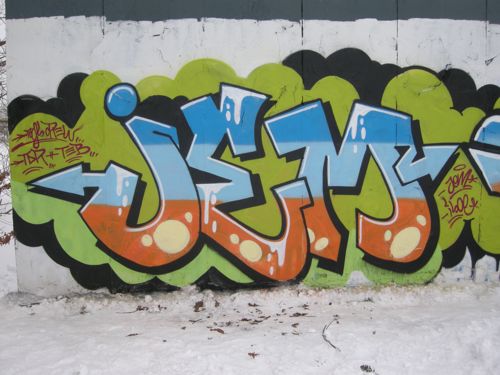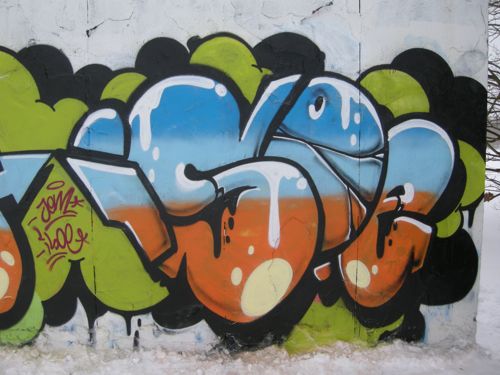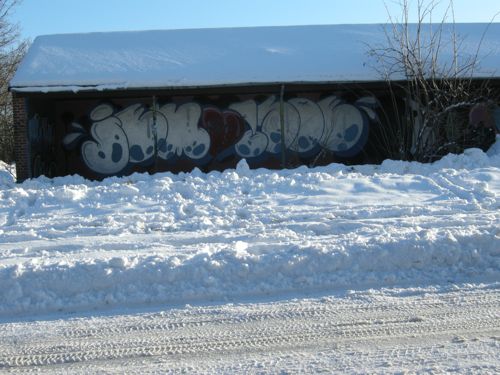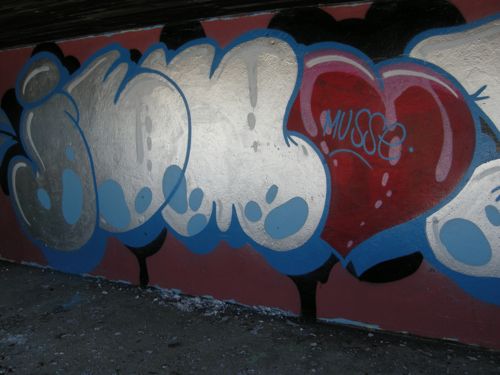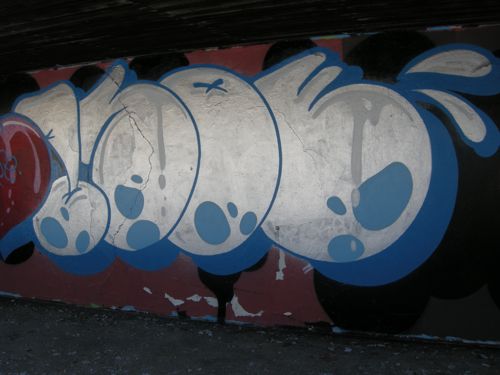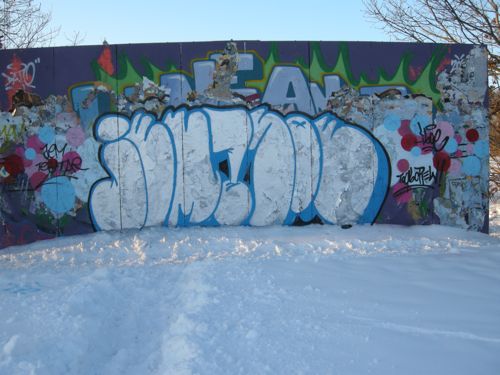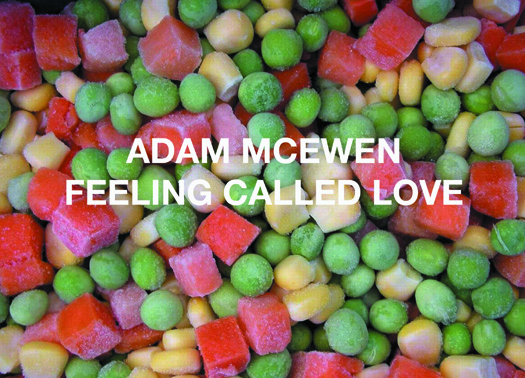
Month: February 2010
Copenhagen Graffiti (Blue Stell)///
Do i need to say any thing???
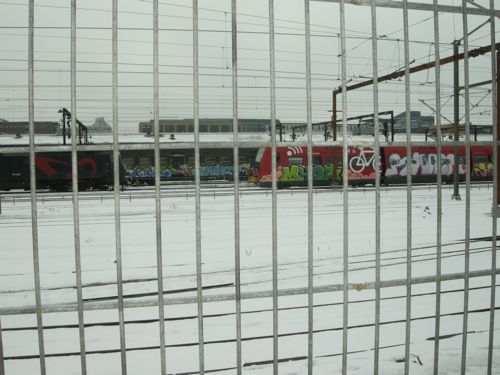
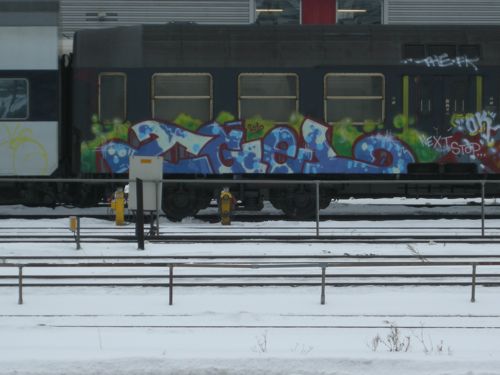
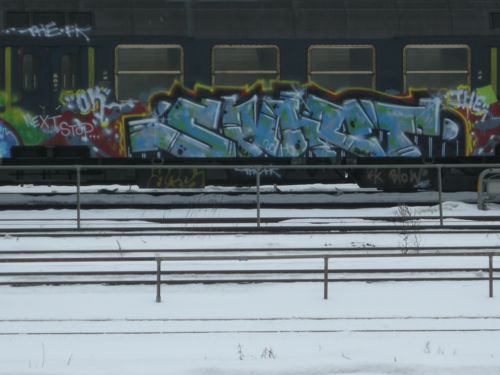

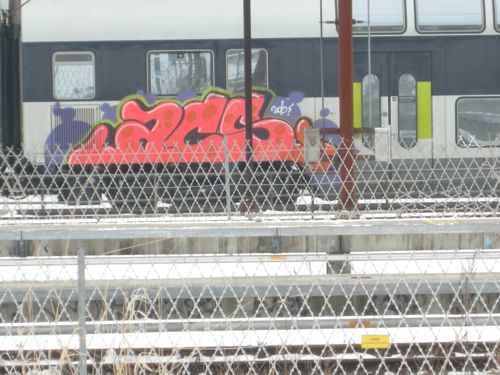
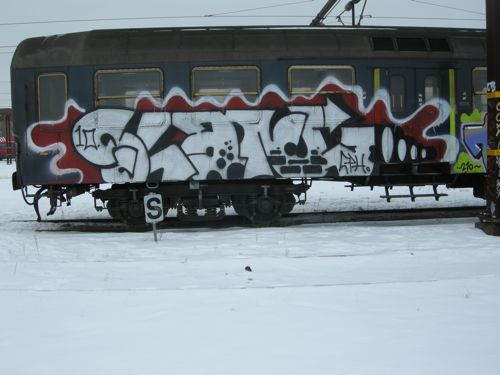
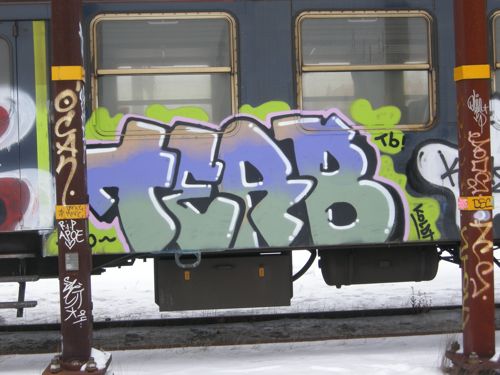
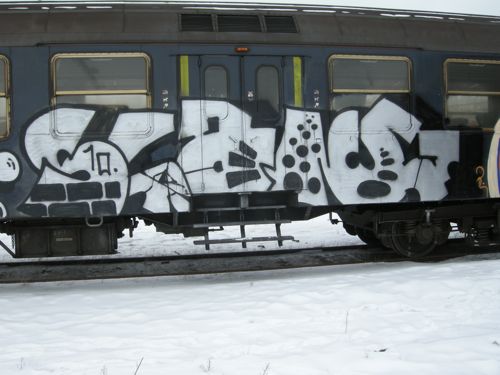
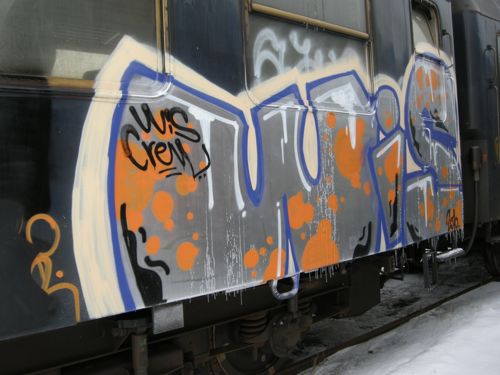

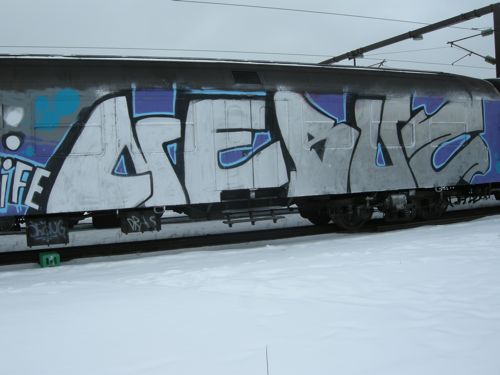
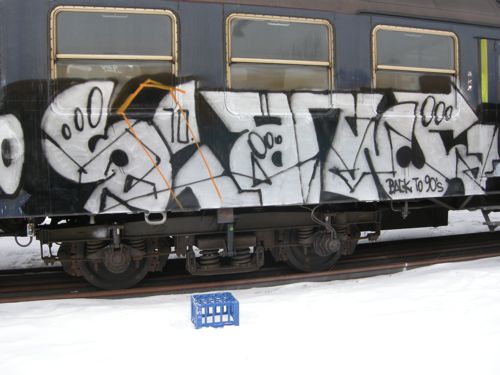
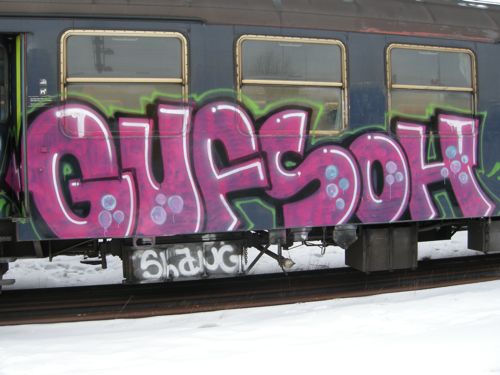
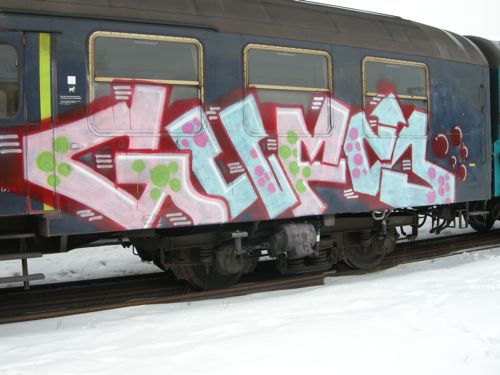
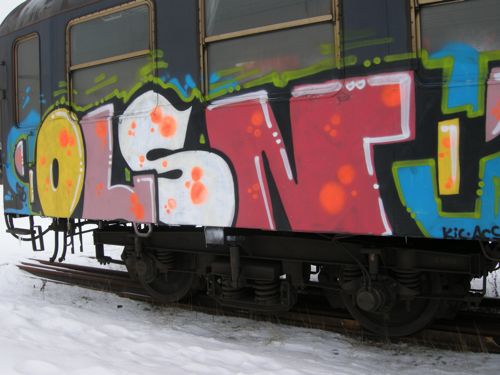

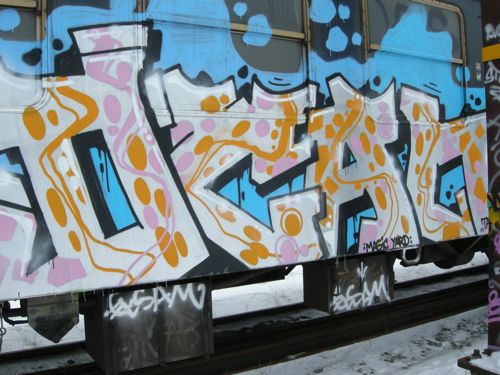
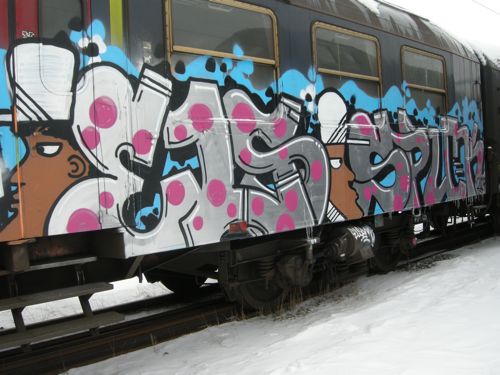
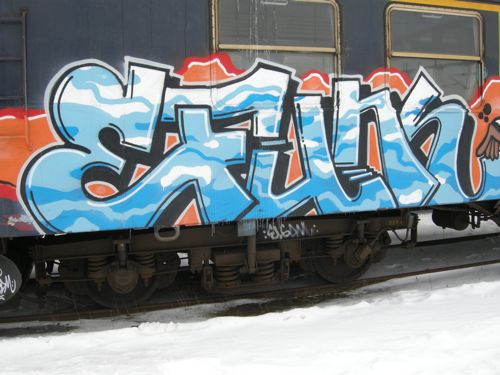
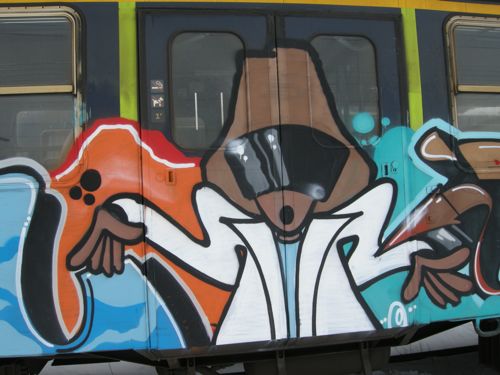
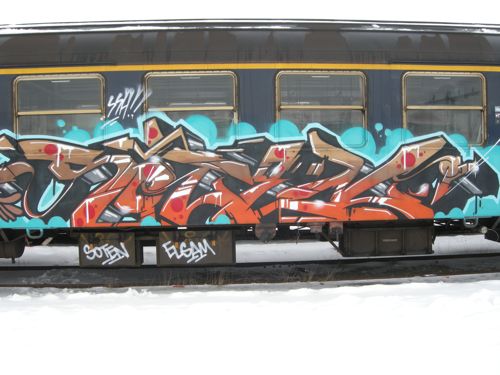

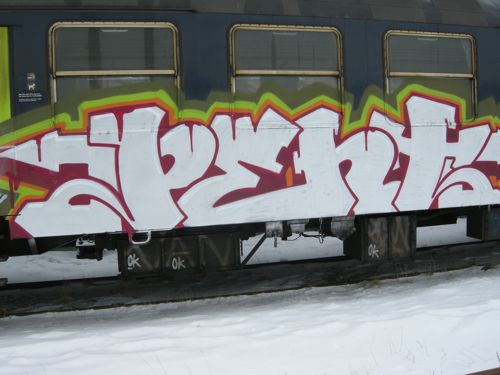
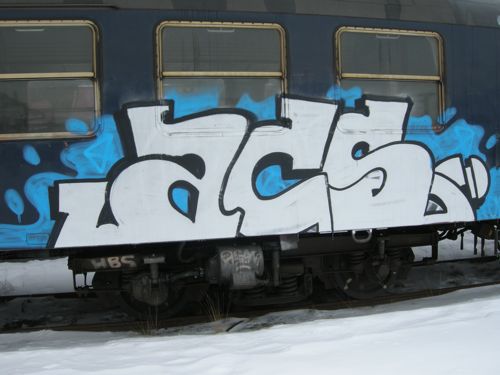
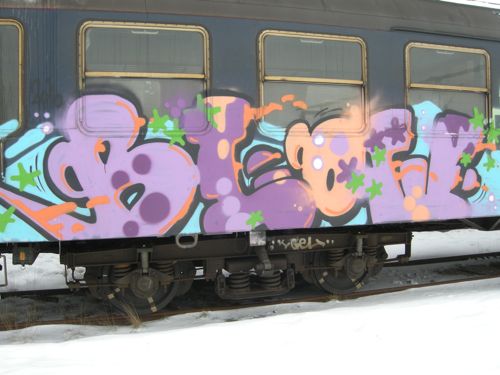
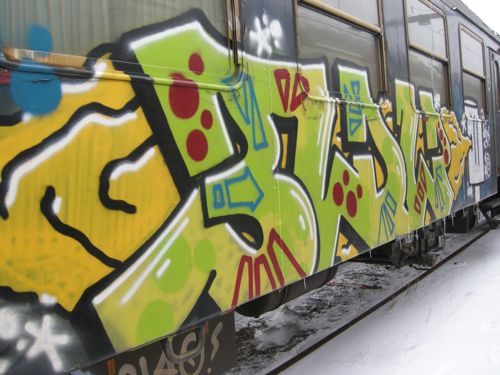
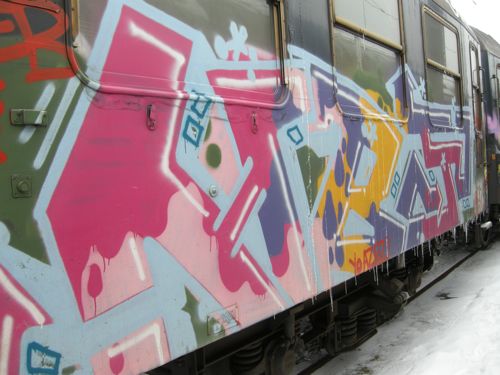
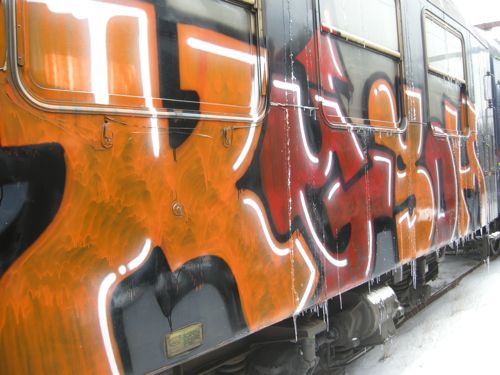
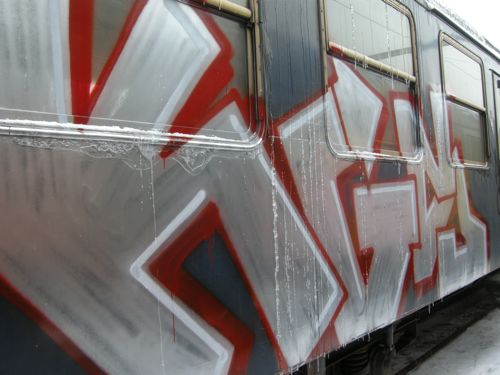

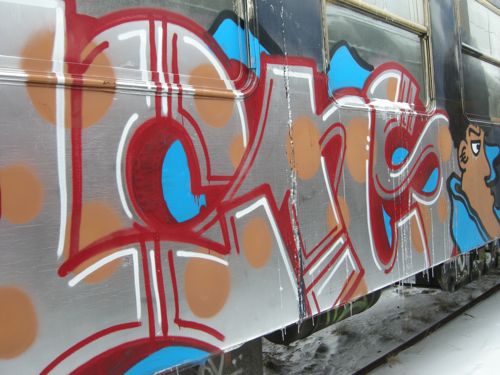
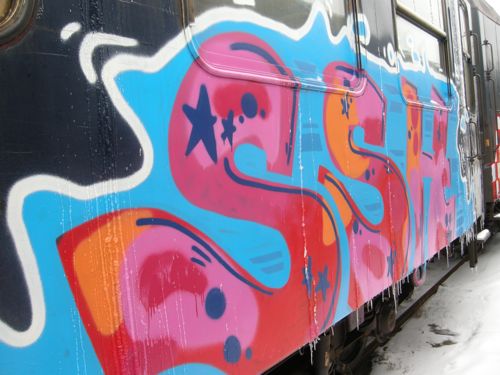
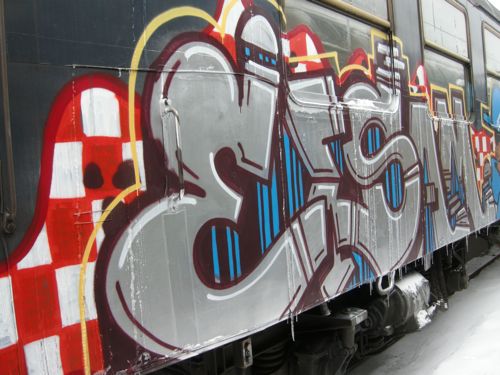
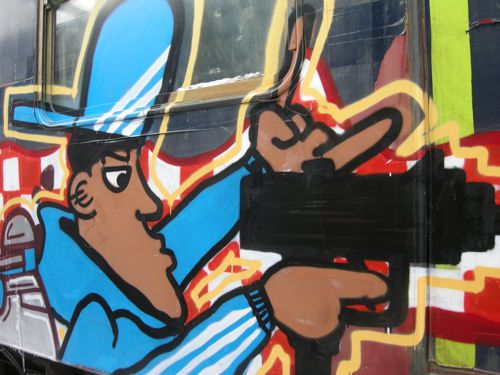
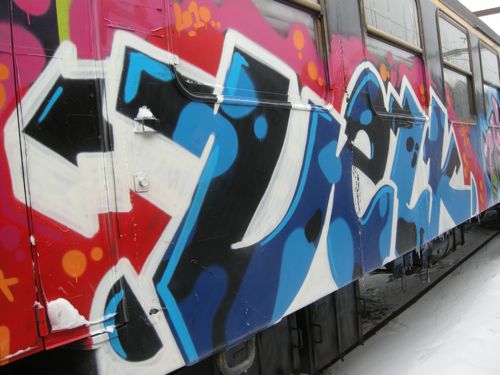
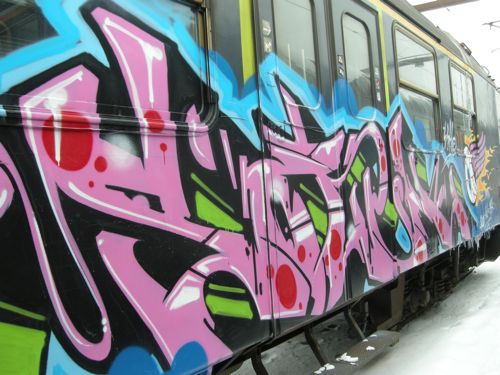
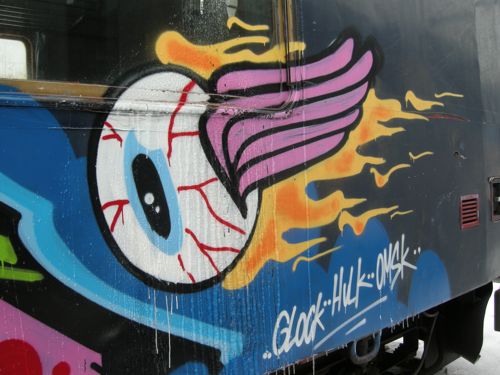
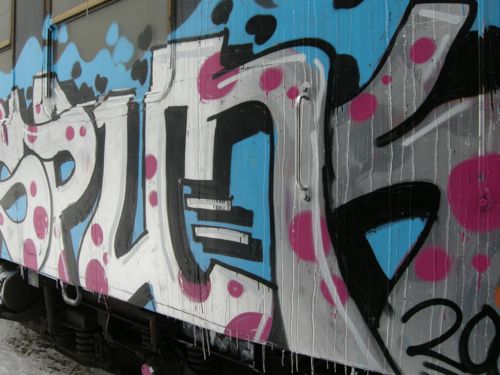
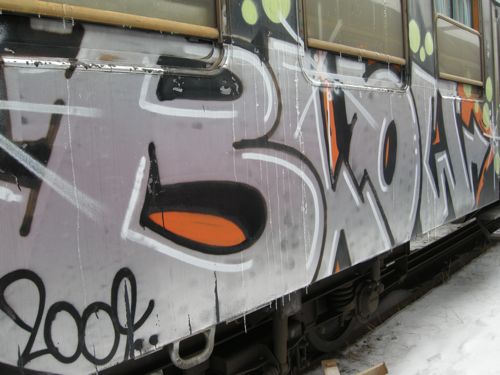
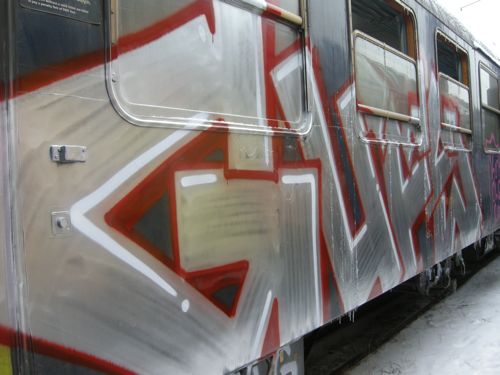

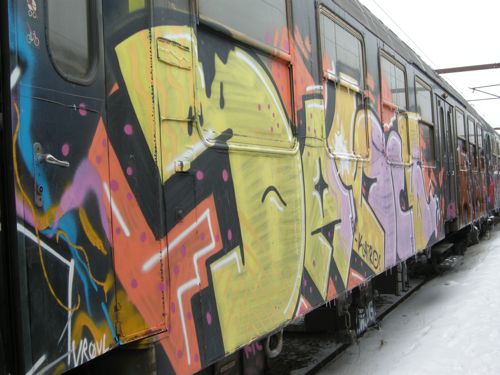
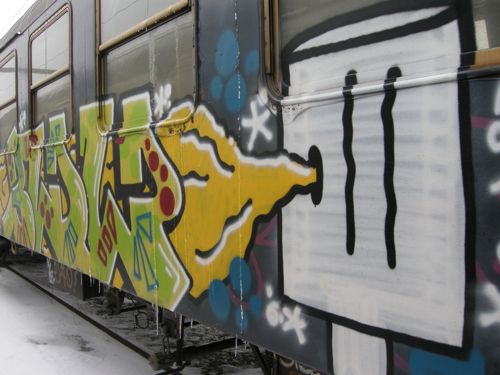
New works from Søren Bencke
Travis Somerville
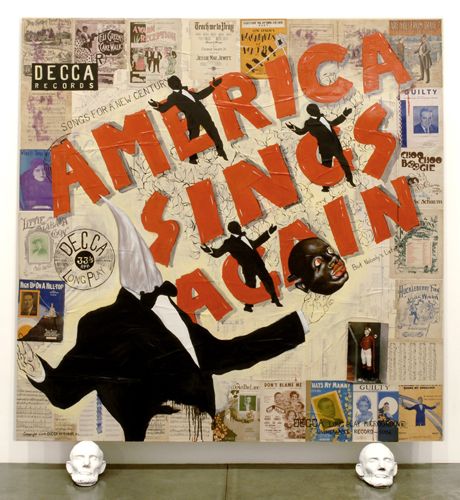
Charlie James Gallery is pleased to present the exhibition Travis Somerville: A Portion of That Field… opening to the public on Saturday, February 27, with a reception for the artist from 6pm-9pm; on view through April 17.
This show contains work from Somerville’s museum show in late 2009 at the Ben Maltz Gallery at Otis College of Art and Design in Los Angeles, entitled Dedicated to the Proposition. In concert with the LA opening @ Charlie James, Somerville will be opening an exhibition on the 20th of February at the Catharine Clark Gallery in San Francisco entitled Rededicated to the Proposition. Each gallery will have roughly half the work from the museum show at Otis.
The exhibition presents a new body of work including painting, drawing, sculpture and installation. The exhibition title refers to Abraham Lincoln’s historic Gettysburg Address delivered during the Civil War: “Now we are engaged in a great civil war, testing whether that nation, or any nation so conceived and so dedicated, can long endure. We are met on a great battlefield of that war. We have come to dedicate a portion of that field, as a final resting place for those who here gave their lives that that nation might live. It is altogether fitting and proper that we should do this.” In this speech, Lincoln asks the nation to honor its fallen by challenging its citizens to fully realize and achieve “…a new birth of freedom-and that government of the people, by the people, for the people, shall not perish from the earth.”
With this body of work, Somerville explores the complex inheritance of a nation trying to live up to Lincoln’s challenge of being a nation not divided, but truly “dedicated to the proposition that all men are created equal.” The artist is interested in investigating the tension and contradiction in America’s realization of equality and freedom for all between the numerous examples of the nation’s success manifest in Obama’s election and first 100 days and the nation’s failure evidenced by the enduring and shameful aftermath of Hurricane Katrina.
Travis Somerville was born in 1963 in Atlanta, Georgia to white civil rights activists-an Episcopal priest and a school teacher, and grew up in various cities and rural towns throughout the Southern United States. The geography of his upbringing is important – growing up in the south during the 1960s, a period of immense social upheaval, has deeply informed the narrative content of his work. His work simultaneously tries to reconcile his own Southern Christian upbringing and the tumultuous racial politics of 60s with the more progressive but better concealed racial divisions of today.
Somerville studied at the Maryland Institute College of Art in Baltimore and at the San Francisco Art Institute. Select solo exhibitions include Another Song of the South at University of Georgia, Athens; American Cracker Too at Alfred C. Glassell Jr. Exhibition Gallery, Louisiana State University, Baton Rouge, and New Work at University of Houston, Texas. His work has been included in numerous exhibitions including the Smithsonian Institution’s traveling exhibition In the Spirit of Martin Luther King: the Living Legacy of Dr. Martin Luther King Jr., Whiteness: A Wayward Construction at the Laguna Art Museum, Laguna Beach, California, and Lincoln: Man, Myth, and Memory at the Amistad Center for Art and Culture in Hartford, Connecticut. His work is included in the permanent collections of the di Rosa Preserve: Art & Nature, the Achenbach Collection of the Fine Arts Museums of San Francisco, the Laguna Art Museum, and the San Jose Museum of Art, among others. He has garnered critical attention in numerous publications including Art in America, Flash Art, Kitchen Sink, and The Washington Post.
Carlos Amorales// El estudio por la ventana
JOSÉ Mª YTURRALDE
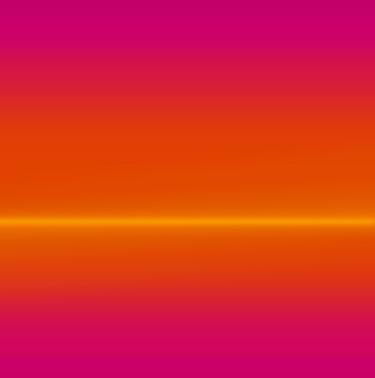
GERING & LóPEZ GALLERY is pleased to present JOSÉ Mª YTURRALDE: Horizons. This is the Spanish artist’s second exhibition with the gallery in New York.
This exhibition consists of Yturralde’s newest series, which further delves into his exploration of the phenomenology of perception through the discipline of painting. Long concerned with Gestalt theory and the figure/ground relationship, Yturralde introduces distinct lines into his color fields, not unlike the zips of Barnett Newman. These “horizon” lines differ from Newman in that Yturralde has spun them on different axes, altering our spatial understanding of his pictorial expanse. The boundaries of the picture plane are thus grounded around clear and intentional horizon lines, orienting the viewer in Yturralde’s often all-consuming voids of beautiful color.
These canvases serve as metarational meditations on a wide range of intellectual and spiritual interests of the artist. Yturralde’s work involves an interplay between the immanent and the transcendent; the works appear in front of the viewer as contained canvases and yet they transcend the constraints of the medium to evoke a metaphysical experience of limitless space and light. The Horizon works demonstrate a new phase in Yturralde’s study of chromatology, as the more severely striated color fields seem to emit an energy associated with the hues’ spectral locations. Constructed with the help of mathematics and physics, these paintings produce an organic sensation that touches on the sacred, as Yturralde melds science and religion to create powerful works that stretch the viewer’s understanding of their own perceptual expectations.
Born in 1942 in Cuenca, Spain, José Mª Yturralde currently lives and works in Valencia. Yturralde has been included in many important exhibitions around the world such as the Sao Paulo Biennial (1963) and the Venice Biennial (1978). Other significant exhibitions include a retrospective at IVAM of Valencia in 1999 and group exhibitions at the Museo Nacional Reina Sofía, Madrid; Museum of Modern Art, México; The Museum of Modern Art, Toyama, Japan; Museo de Arte Contemporáneo de Madrid, Spain; Massachusetts Institute of Technology, Cambridge, Massachusetts; and Museo Nacional de Bellas Artes, Buenos Aires, Argentina. His work is found in several important international collections including the Brooklyn Museum of Art, New York; Hastings Foundation, New York; Museo de Arte Contemporáneo, Vitória, Brazil; National Museum in Wroclaw, Poland; The Asahi Shimbun, Tokyo, Japan; and the State Museum of Novgorod, Russia.
Gering & Lopez Gallery
Michael Gregory
Århus Graffiti
PARADISE IS SOMEWHERE ELSE
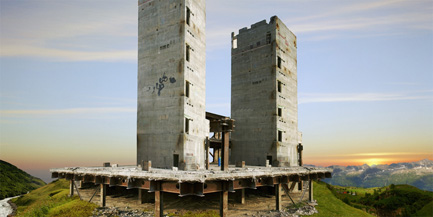
Galerie Anita Beckers proudly presents „Paradise is Somewhere Else“, a group exhibition with works by Niklas Goldbach (*1973), Nathalie Grenzhaeuser (*1969), Monica Ursina Jäger (*1974), Zhenchen Liu (*1976), Uriel Orlow (*1973), Julia Oschatz (*1970) and Sandra Senn (*1973). Depicting fictive architecture, man-made landscape and historical ruins, the exhibition showcases works which play with our worldviews and question today´s abandonment or failure of ideals.
Bordering important political issues and yet unwilling to take sides, Niklas Goldbach´s film „Habitat C3B“ depicts a series of performers unfolding different unexplainable actions in a modernist setting. Lapsing into the totalitarian, these actions re-enact the economic and social realities of our world, forcing us to question how exactly free is our urban and social space and how much room for self-determination we really have.
In her most recent photographic series “Trespassing”, Nathalie Grenzhaeuser argues for a pure presence which derives from her subjective first-person centered views in favour of a moment of identification on behalf of the viewer. A feeling of dignity derives from this naturalized „inclusion“– which is far more formalist and less content-based than we realize at first.
Also taking up structure as the subject matter, Monica Ursina Jäger´s laser cutouts expand a manufacturing technique – that of paper cut-out – into a new technological medium – that of laser cut-out. Humorously called “Amnesia”, these works act as inscriptions which invert the positive (white) and the negative (black) space of an image in a way as to create and hierarchically invert different representational spaces.
Uriel Orlow´s “Remnants of the Future” is an evocative video of a ghostly, nearly deserted Soviet housing project in northern Armenia that was left unfinished after the collapse of the Soviet Union in 1991. In the video, nature and architecture are in constant dialogue, and past, present and future are different layers of the same image.
Combining a drawing and a reversed monitor – giving out signs of life from time to time -, Julia Oschatz´s work “A poorest poet” is the culmination of a continuing evolution as well as the realisation of a very unique pictorial language and universe.
Taking up the no longer-existing „Palais der Republik“ in Berlin as a motive, Sandra Senn photographed its ruins and manipulated them into a new constructed reality. If in one work the rainbow suggests a dream-like quality in other work the remainings of the building have a desolated war-like setting.
In „Paradise is Somewhere Else“ all imaginary and constructed landscapes seem to point to unidentifiable places, in terms of place as well as of time. Either a memory of the past or a vision of a world to come, these images seem to cling to a disturbing documental reality, yet unable to find its anchor in the familiar order of things. The appearance of a black dog in Zhenchen Liu´s film “Under Construction”, threateningly watching us from the top of a waste mountain, summons the feeling of unusualness which pertains the whole show.
